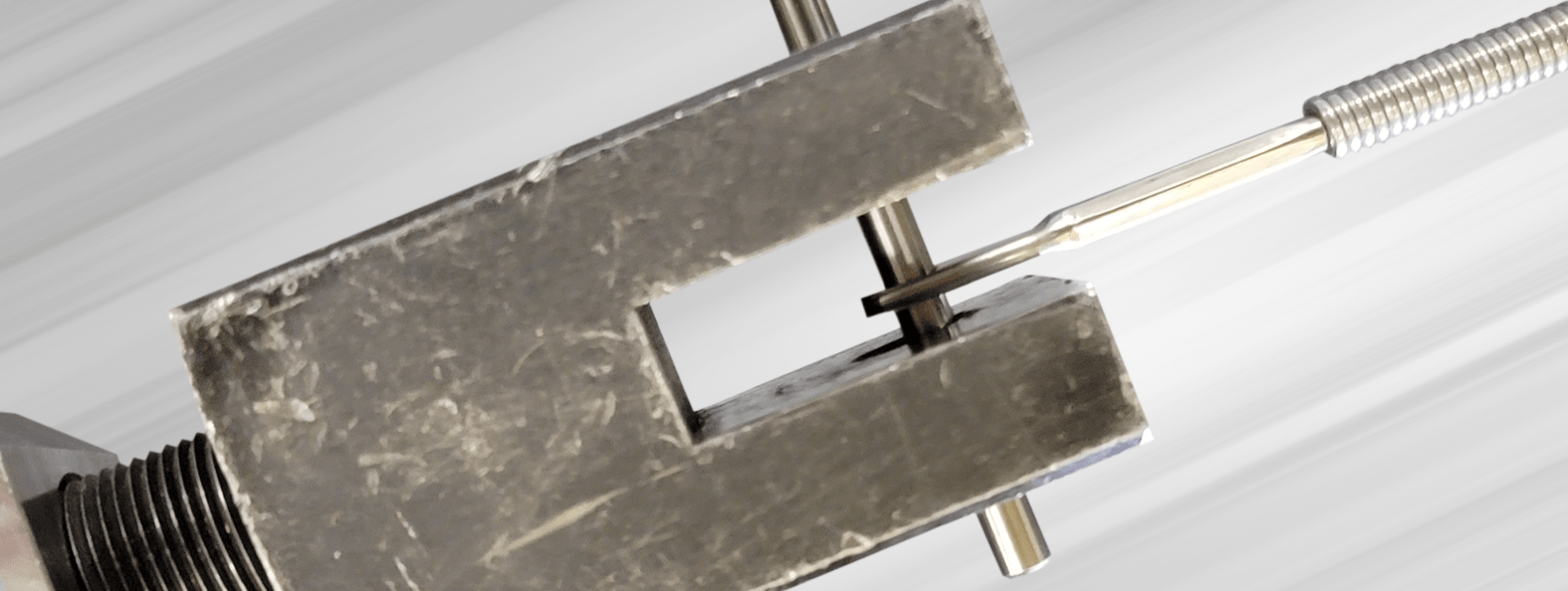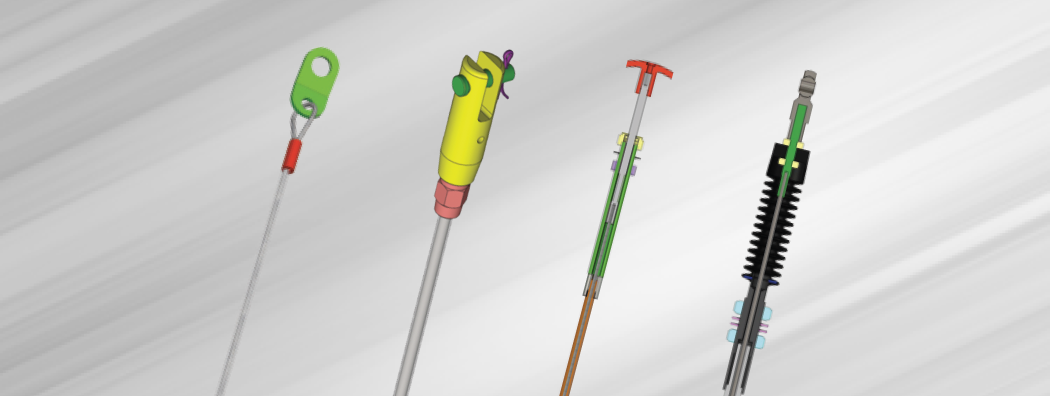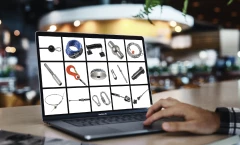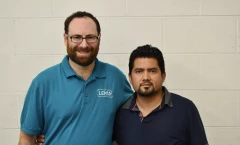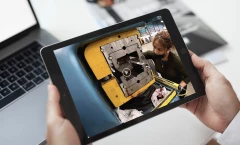What are FAI, PPAP, and AS9102?
FAI (First Article Inspection)
FAI (First Article Inspection) is a comprehensive verification process of a product before mass production. It involves checking one or several sample units against specified design requirements to ensure that the manufacturing process produces an item that meets all specifications. FAI is essential in industries where precision is critical, such as aerospace and defense, to prevent costly errors and maintain high-quality standards.
PPAP (Production Part Approval Process)
PPAP (Production Part Approval Process) is a process used primarily in the automotive, marine, and industrial sectors to ensure that a supplier can meet the manufacturing and quality requirements of the components they produce. It involves a series of assessments and documentation to prove that the production process yields products that consistently meet all specified requirements. PPAP is crucial for standardizing quality assurance measures and ensuring product reliability and consistency.
AS9102
AS9102 is a standard that outlines the requirements for performing First Article Inspections in aerospace and defense industries. It provides a framework for documenting the manufacturing process to ensure that each part meets the stringent requirements necessary for certain applications. This standard is critical for maintaining safety, reliability, and quality in different components and systems.
How Are FAI, PPAP, and AS9102 Used by Different Departments?
Procurement
If you're buying parts or services for your company, you might wonder why you should care about FAI, PPAP, or AS9102. When you spend weeks or months qualifying vendors based on your designs, you want to make sure they can actually deliver what they promise. How do you know they're doing it right? FAI, PPAP, and AS9102 are your answers. These standards help prove that your vendors can meet your needs.
Engineering
For engineers who design new or updated parts, it's crucial that vendors can make these designs a reality. After all the hard work of creating detailed designs, you want to be sure that what you designed is what gets made. FAI, PPAP, and AS9102 help make sure from the start that your designs are being followed correctly.
Quality
For those in quality control, finding problems early is key. The sooner you find and fix them, the better. It's important to check the quality of every item as soon as it arrives. FAI, PPAP, and AS9102 are tools that help you do just that. They make sure every part or product is up to standard right from the start

The Role of AS9102 in Aerospace and Defense
Unlike the multi-level structure of PPAP, AS9102 is standardized, offering a uniform approach to quality assurance. This standard governs the process of First Article Inspection (FAI), ensuring that each component produced for aerospace applications meets stringent requirements. The adherence to AS9102 in these industries is not just a matter of meeting specifications; it's about ensuring safety and reliability in environments where there is no room for error.
Exploring PPAP's Levels and Sector Relevance
| Level | Description | Documentation | Sector Relevance |
| 1 | Basic submission | Part Submission Warrant (PSW) | Low-impact parts |
| 2 | Limited data submission | PSW + limited data | Non-critical parts |
| 3 | Full data submission | PSW + full data + Samples | Automotive standard |
| 4 | Contact submission | PSW + customer-defined data | Special cases |
| 5 | Full review at supplier's site | PSW + full data + samples on-site | Critical components |
PPAP is essential for verifying that suppliers meet the demands of complex manufacturing processes. Comprising four distinct levels, each tier of PPAP varies in depth and rigor, allowing customization according to specific project needs. Level 1, the most basic, may involve simple part submission warrant, whereas Level 5 requires full documentation, including sample parts and complete testing results. This tiered structure ensures that suppliers can meet diverse quality requirements, providing a tailored approach to quality assurance.
DOWNLOAD THE PPAP SUBMISSION REQUIREMENT TABLE
Comparing PPAP and AS9102 with a Focus on FAI
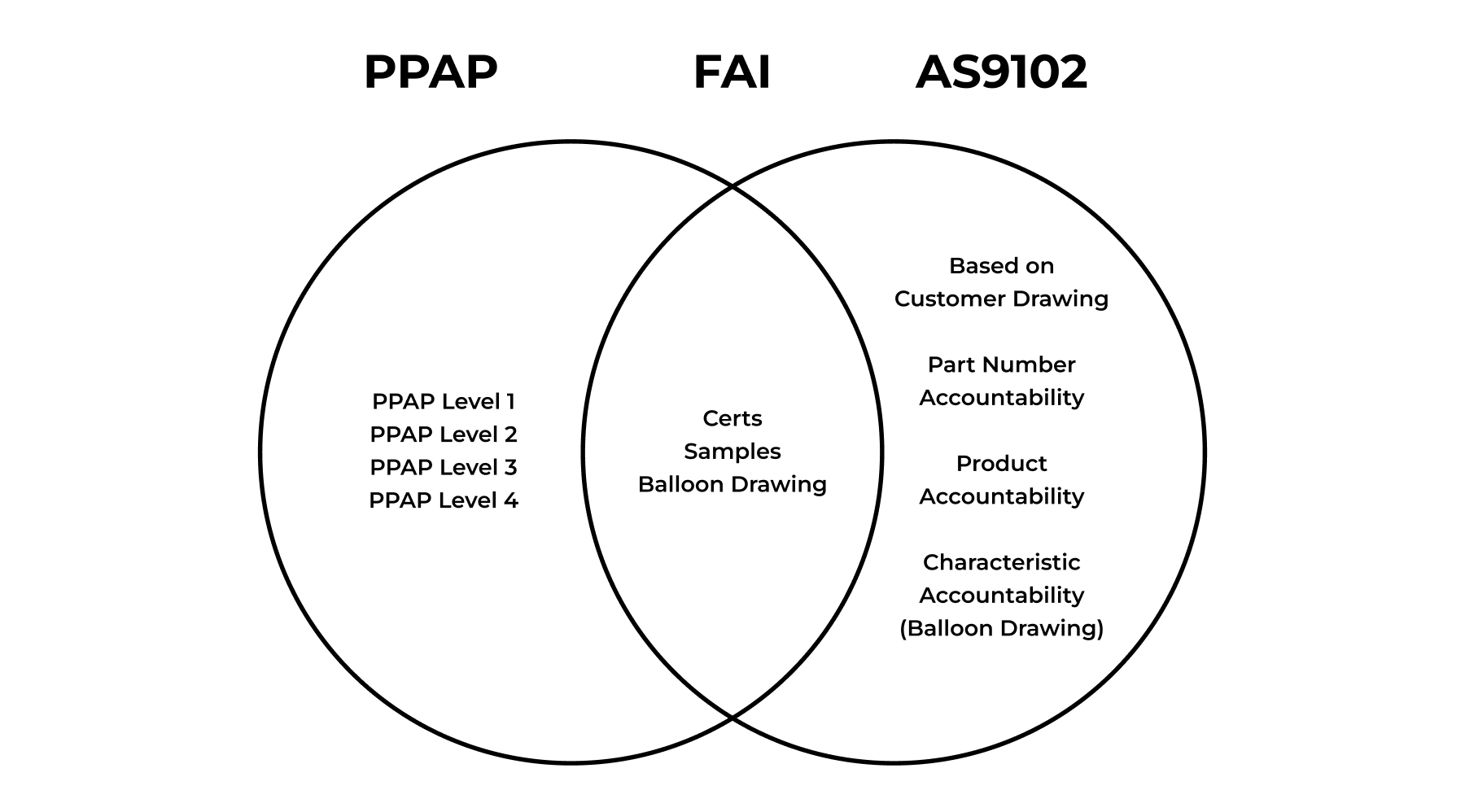
While PPAP and AS9102 cater to different sectors, their paths converge at First Article Inspection (FAI). This common ground highlights how each standard approaches FAI. In PPAP, FAI is part of a broader spectrum of quality assurance measures, adaptable based on the level required. In contrast, AS9102 treats FAI as a comprehensive, non-negotiable process. This distinction underscores the flexibility of PPAP in adapting to various industrial needs and the rigorous, uniform approach of AS9102 in the aerospace sector.
Is strength testing included with PPAPs & AS9102s?
If a customer has a proof-load note on their drawing, it should be referenced and recorded in the balloon drawing. Unless the customer's drawing says otherwise, the proof load typically defaults to a 3-5 second duration. If a customer has a breaking strength note on their drawing, an extra unit is built and sacrificed for test purposes, and a test document is generated for submission. Upon request, manufacturers should conduct a destructive test on an assembly after proof-loading the same assembly. Additionally, manufacturers should execute a proof-break, ensuring that they never release the load during the transition from proof-load to pull-test. Learn more about Lexco’s strength testing capabilities.
Integrating PPAP and AS9102 in Manufacturing
Manufacturers across sectors can integrate these standards to enhance quality control processes. For instance, an automotive supplier may use PPAP to demonstrate their capability in producing a part consistently over time, while an aerospace manufacturer might apply AS9102 to ensure every component of a new aircraft meets precise specifications. These applications, though sector-specific, underline the widespread nature of quality assurance principles in manufacturing.
Conclusion
Understanding and implementing FAI, PPAP, and AS9102 standards are essential for achieving excellence in manufacturing. These practices ensure that every product meets the highest standards of quality and reliability, a commitment we at Lexco Cable take seriously. As an ISO 9001 certified leader in wire rope assembly manufacturing, our expertise in engineering and our dedication to quality are at the core of everything we do. Whether you need custom wire rope tailored to your specifications or are seeking a partner who understands the importance of detailed, quality-driven manufacturing, Lexco Cable is here to help. Contact us today for top-quality products and expert engineering services that meet your specific cable assembly needs.




